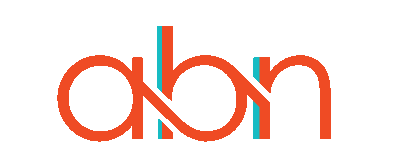Planning A Workforce Health Promotion Program
Workforce Health Promotion programs have evolved from fitness, to health promotion, to comprehensive wellness programs. In the past, the focus was on physical fitness. Today, the focus has broadened to include topics such as nutrition, mental health, and chronic disease prevention, as well as the workplace environment, policies, productivity, and others. Additionally, employers’ Workforce Health Promotion programs vary according to workforce size, program scope, resources, and leadership support.
Experts agree that planning and designing a Workforce Health Promotion program is essential to ensuring the program’s success. Just as one would not begin a long trip without considering how to reach one’s destination, planners should not begin a Workforce Health Promotion program without mapping out where the program needs to go, and how it will get there.
Before embarking on a Workforce Health Promotion program, consider some important attributes of a comprehensive program identified from these selected planning resources from the Centers for Disease Control (CDC):
- Support from company leadership, unions, employees, and external stakeholders
- Clear program goals and objectives that align with your overall company objectives
- Continual assessment of information important to your employees, which can include health risks, employee needs, costs, benefits, productivity, and current practices
- Policies that support healthy behaviors in the workplace
- A physical environment that provides employees with access to wellness practices and health behaviors
- Employee services that provide wellness practices to employees
- Systems and procedures that evaluate program effectiveness, return on investment, and alignment with business goals
Many business tools related to project management, process improvement, and problem-solving can also be applied to workforce health promotion design and implementation.

